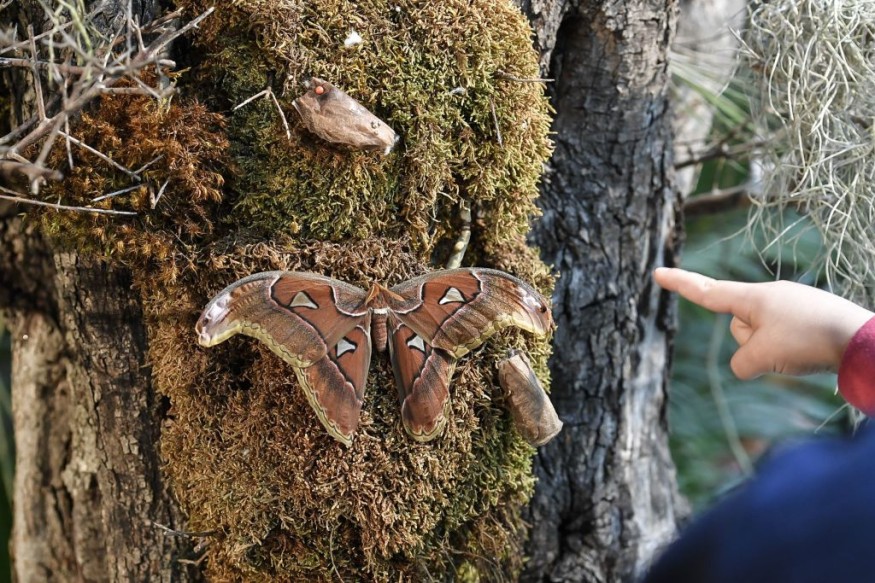A forest pest that was accidentally introduced throughout New England in the early part of the 20th Century and known to defoliate trees and cause human rashes, has become the subject of an outbreak in the state of Maine for about seven years.
According to scientists, the growth and spread of these moth population, namely browntail moth, was linked to global warming in America's most forested state, Phys.org reported. Moreover, the hairs of its caterpillar (larval stage) cause respiratory trouble, jeopardizing human health.
The scientists recently wrote in the journal Environmental Entomology that warmer weather, especially in fall, "are especially beneficial to the pesky bugs because that allows them to get fatter before they hibernate for the winter," said Eleanor Groden, professor emerita of entomology at University of Maine and the principal investigator on the study.
Unfortunately, as climate trends rise in upcoming years, the pest problem is predicted to worsen.
Climate influence over rash-causing moths

The browntail moth (Euproctis chrysorrhoea (L.)) native to Europe and neighboring countries in Asia and Africa was accidently introduced into Somerville, Massachusetts from Europe in 1897. It had spread to all of the New England states and New Brunswick and Nova Scotia by 1913, and has slowly decreased due to natural controls until the 1960s.
Around this time, their population are again building up in Maine and are found in patches along the coast and up to 60 miles inland from the western Maine border to the New Brunswick border, with the greatest concentrations in mid-coastal Maine and the capitol region, as per Maine's Department of Agriculture, Conservation, and Forestry.
According to the website, winter is the best time to determine risks from exposure to browntail moths, while scientists say that early fall temperatures are a key determinant of population levels.
Since the moth's resurgence in the state, David Wagner, a professor of ecology and evolutionary biology at the University of Connecticut, who was not involved in the study, said that climate trends in recent years "aggravate pest problems and jeopardize human health."
Nuisance for landowners
Communities in Maine have tried multiple strategies in attempt to slow the spread of the moth, including involvement of local residents on pest control and how to safely remove their nests. In fact, the Maine Legislature is considering making a special grant fund to assist mitigation measures.
"They're a tough species to manage because they're spreading fast and not native to the ecosystem," Groden said. "What we are left with is how can we mitigate the localized problem in our yards and public spaces," she said.
The Maine Forest Service conducts broad-scale surveys to track and understand how moths spread in neighborhoods, small planes, and moving trucks. The service also provided information on how to recognize browntail moths and inspect trees for one.
Some of its concerns include reduction of growth and occasional mortality of valued trees and shrubs due to larval feeding stage, while primary impact on humans results from contact with poisonous hairs produced by the caterpillars.
"Sensitive individuals who encounter the hairs may develop a skin rash similar to poison ivy and/or trouble breathing," the service notes. Symptoms can last anywhere from a few hours to several weeks and can be severe in some individuals.
© 2025 NatureWorldNews.com All rights reserved. Do not reproduce without permission.





